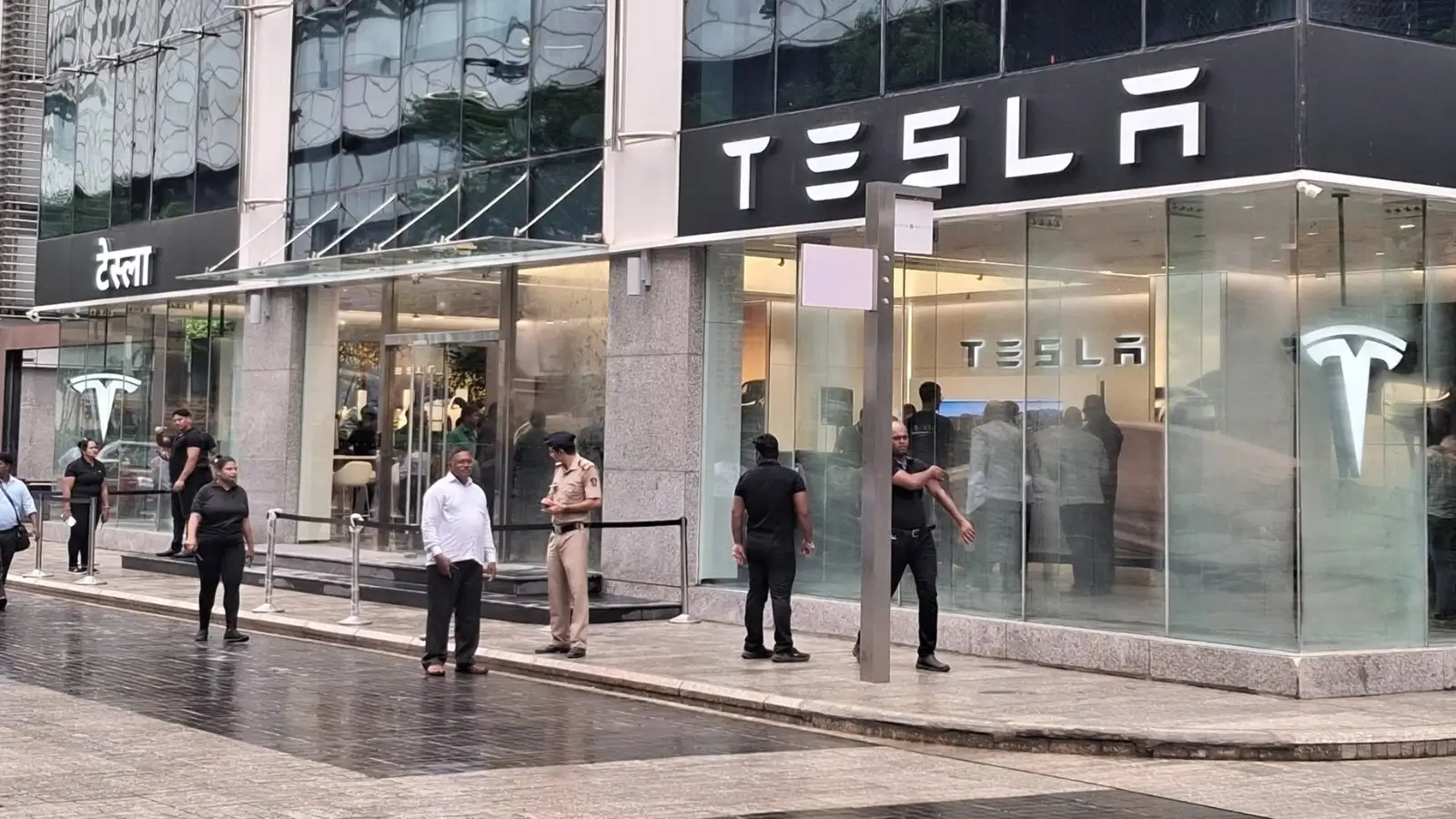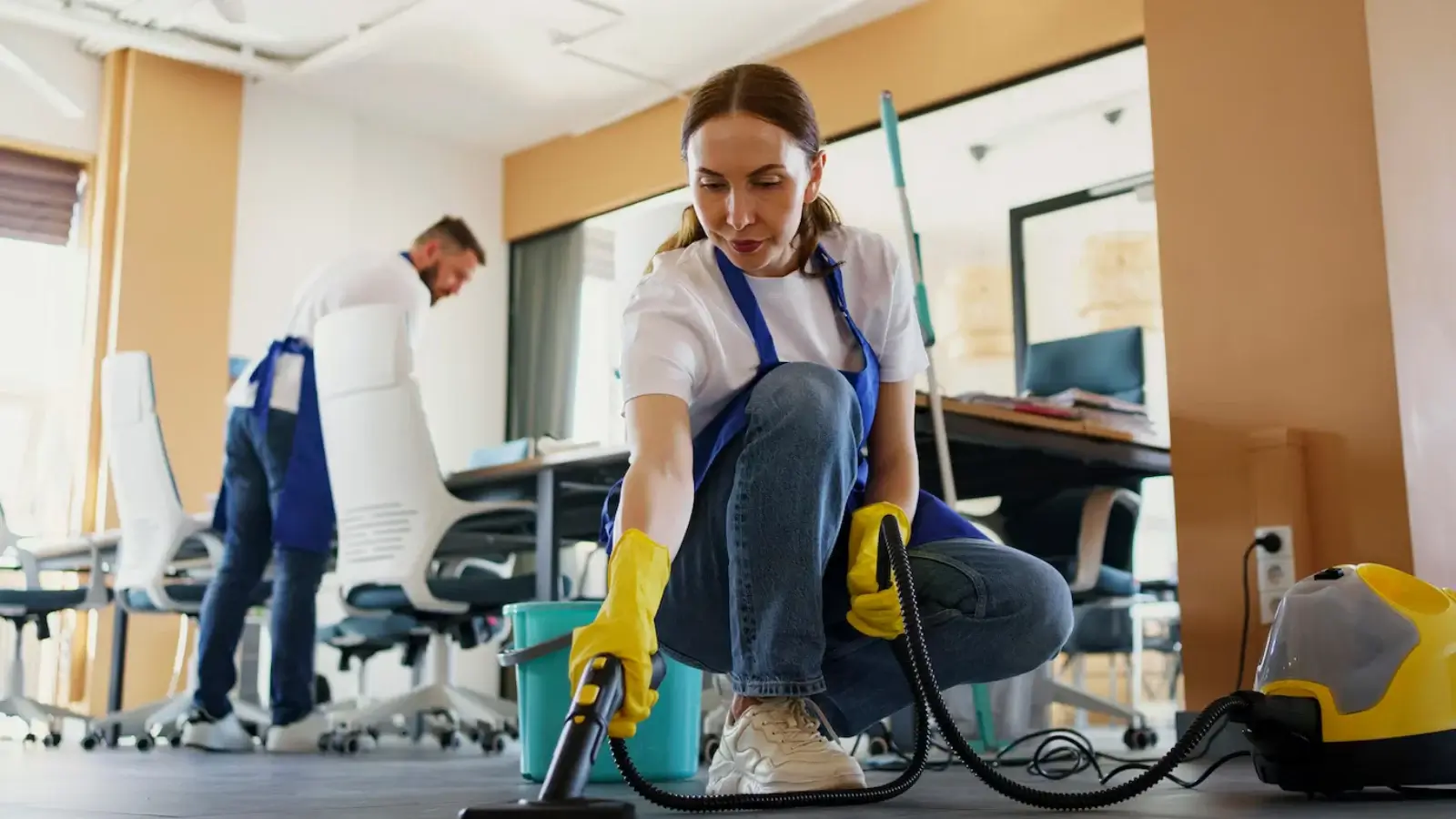


There’s a quiet cost creeping through many office spaces—a cost not tracked on spreadsheets or discussed in boardrooms. It’s hidden in the slow hum of underperforming teams, the rising numbers of employee sick days, and the quiet discomfort of visitors who walk into an environment that’s less than polished. That cost is the result of poor office hygiene.
It might seem minor at first. A dusty desk here, a sticky conference room table there. But over time, the consequences of a poorly maintained workplace compound into serious financial and operational setbacks. Commercial cleaning services aren’t just a nice-to-have—they're a foundational part of business health and profitability.
Let’s break down where those hidden costs really come from—and why businesses can’t afford to ignore them.
You don’t need a spill or a broken coffee machine to disrupt the workflow. Sometimes, it's the unseen details that cause the biggest slowdowns. A dusty HVAC system that recirculates allergens. A cluttered desk that contributes to cognitive overload. A sticky keyboard that no one wants to touch.
Small, consistent distractions in an unclean office chip away at employee focus. Studies suggest that visual clutter alone can reduce productivity by making it harder to process information. And then there’s time lost to misplaced documents, unhygienic workstations, or communal areas that are avoided altogether because they’re not pleasant to be in.
Office cleaning isn’t just about making things look good—it’s about removing barriers to daily productivity.
Shared spaces mean shared germs. Breakrooms, doorknobs, elevator buttons, bathroom faucets—every touchpoint in a commercial setting has the potential to become a transmission point for illness. When these areas aren’t regularly disinfected, viruses and bacteria linger.
Flu season becomes a nightmare, stomach bugs sweep through departments, and employees feel obligated to stay home rather than bring sickness into the office. In the long run, more sick days mean more missed deadlines, decreased output, and higher pressure on healthy staff who must pick up the slack.
This domino effect can be prevented with consistent and thorough cleaning services that prioritize high-touch and high-traffic zones. Businesses that invest in cleanliness often see fewer disruptions throughout the year due to illness.
First impressions are powerful—and unforgiving. When a client steps into a meeting room that smells musty, or notices streaked windows, dusty baseboards, or stained upholstery, the impression they take away is one of carelessness. It doesn’t matter how sharp your pitch is or how impressive your product may be; a dirty workspace erodes credibility.
Professionalism is often associated with attention to detail. Cleanliness, then, becomes a silent brand ambassador, reinforcing trust in the company’s culture and values. When office environments are clean and well-kept, clients feel more confident, staff feel more proud, and leadership signals that every detail matters.
Commercial cleaning services help create a professional appearance that reflects well on your brand—and clients notice.
Dirt doesn’t just sit still—it settles. It gets inside printers, computers, and ventilation systems. Over time, this accumulation can cause overheating, hardware failures, and costly repairs. Office furniture can also degrade faster when it’s not properly cleaned. Upholstered chairs collect bacteria, carpets trap allergens, and floors suffer from neglect.
And then there’s the issue of HVAC systems. When filters clog with dust and mold builds in ductwork, energy efficiency plummets and indoor air quality suffers. That’s not just a comfort issue—it becomes a long-term budget concern.
Cleaning services tailored to commercial needs include not only the visible areas but also the less obvious parts of the office that keep operations running smoothly. Preventative cleaning is significantly cheaper than reactive repair.
Employees notice their environment. It influences how they feel when they arrive, how they interact with colleagues, and even how long they choose to stay at a company. Cleanliness—or lack thereof—sends messages about how much their well-being is valued.
Dirty restrooms, cluttered breakrooms, or grime in shared workspaces can quietly erode morale. Staff may begin to bring in their own cleaning supplies or avoid certain areas altogether. This sends a ripple effect through the workplace culture, where pride in the space begins to dwindle.
When workplaces are cleaned regularly and thoughtfully, employees feel more respected and are more likely to take care of the space themselves. That pride translates to better collaboration, lower turnover, and a more energized workforce.
Some businesses make the mistake of viewing office cleaning as a dispensable line item. When budgets tighten, it’s often the first area to face cuts. But this short-term mindset rarely pays off. Skipping or minimizing cleaning services doesn’t eliminate the need—it only delays the consequences.
Eventually, dirt leads to damage. Mold remediation, deep carpet restoration, or HVAC replacement due to poor air quality can cost significantly more than a consistent cleaning schedule would. Similarly, a decline in staff productivity or reputation damage from poor office conditions can’t easily be reversed.
An investment in office cleaning is really an investment in business continuity, efficiency, and brand equity.
The hybrid work model has changed the layout and flow of many workplaces. There are shared desks, fewer private offices, and more multipurpose rooms. These changes require flexible cleaning strategies that adapt to new traffic patterns and usage trends.
Cleaning once a week in this environment may no longer be enough. High-traffic areas need daily attention, and sanitization of shared equipment is now a basic expectation. A proactive approach is necessary to match the way we work today.
Businesses that understand this evolution are partnering with cleaning services that offer customized solutions—not one-size-fits-all plans.
Innovation and tech upgrades are exciting, but they rest on a basic truth: an office can’t function optimally if it isn’t clean. Cleanliness supports all other investments, from productivity tools to talent acquisition. It ensures that employees can breathe easy, clients are impressed, and equipment lasts longer.
Companies like Beyond Janitorial understand that a clean space is the foundation of a thriving business environment. It’s not flashy, but it’s fundamental.
By investing in reliable commercial cleaning services and building office cleaning into operational strategies, businesses can avoid the hidden costs of inaction—and instead create a workplace that supports success from the ground up.